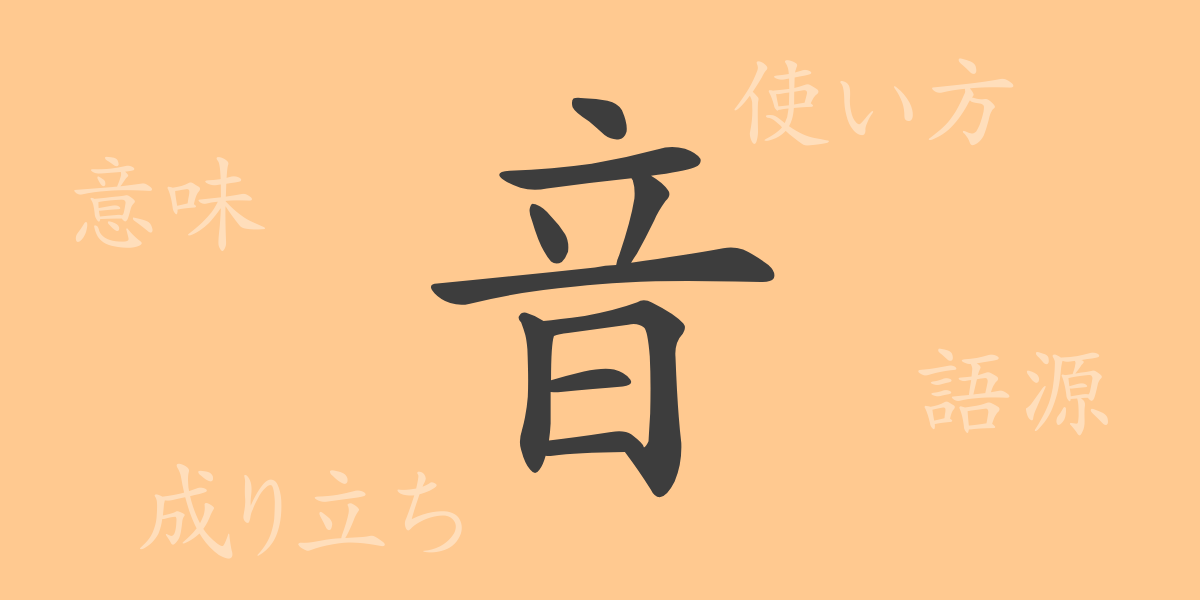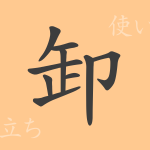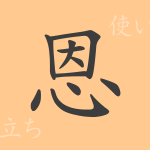“
The beauty of the Japanese language lies in its delicate expressive power. At the heart of this is “”音”” (Oto), one of the common kanji characters. This character is deeply rooted in our daily lives and symbolizes the resonance of words. In this article, we will explore the rich history and meaning of “”音”” (Oto) and its role in Japanese culture.
The Origin (Etymology) of 音 (Oto)
The kanji “”音”” (Oto) has evolved from ancient Chinese pictographs. Originally, it is said to have represented a mouth making sounds and the waveform of those sounds. Over time, this character transformed into a more abstract form, becoming the shape we know today. This kanji has come to represent all kinds of sounds that reach the ears, such as music, voices, and resonance.
The Meaning and Usage of 音 (Oto)
The kanji “”音”” (Oto) expresses various concepts related to auditory perception. This single character encompasses meanings that refer to all information that enters the ears, including musical notes, the sound of voices, and sounds in the environment. Metaphorically, it can also refer to inaudible “”sounds”” such as nuances and meanings.
Reading, Stroke Count, and Radical of 音 (Oto)
The kanji “”音”” (Oto) has multiple readings in Japanese, which vary depending on the context of its use.
- Reading: The on’yomi reading is “”おん”” (On), and the kun’yomi reading is “”ね”” (Ne).
- Stroke Count: The stroke count of “”音”” (Oto) is 9.
- Radical: The radical of “”音”” (Oto) is itself, and it is called the “”音部”” (Onbu).
Idioms, Phrases, and Proverbs Using 音 (Oto) and Their Meanings
There are abundant idioms, phrases, and proverbs containing “”音”” (Oto) in Japanese. These expressions reflect the delicate sense that Japanese people have for language.
- 音楽 (Ongaku): Derived from the enjoyment of sound, it refers to a form of art performed with musical instruments or singing.
- 音読み (Onyo-mi): One of the ways to read kanji, based on the Chinese pronunciation adapted to Japanese.
- 音色 (Neiro): A word expressing the distinctive resonance or tone of a musical instrument or voice.
- 音痴 (Onchi): The inability to accurately grasp the rhythm or melody of music.
- 音信不通 (Onshin futsū): A phrase meaning a complete lack of correspondence or communication.
Summary of 音 ( Oto)
The kanji “”音”” (Oto) symbolizes an essential element in our communication. From music to everyday conversations and even the nuances that convey our inner thoughts, the range of meanings this single character possesses is extremely broad. The presence of “”音”” (Oto), deeply rooted in Japanese culture and language, plays a vital role in enriching our lives and shaping our emotions.
“

























